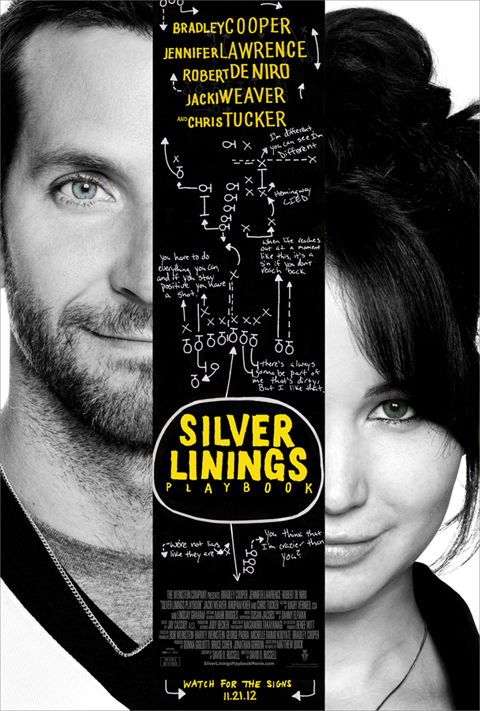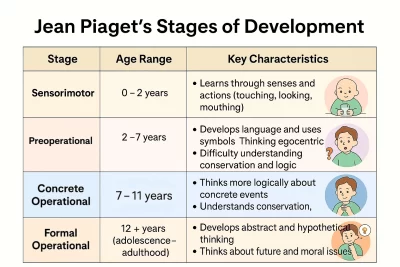
Silver Linings: Exploring Weitz's 2012 Film and Its Themes

The 2012 film Silver Linings Playbook, directed by David O. Russell, is a remarkable blend of drama and comedy that delves into complex themes such as love, acceptance, and mental health. With a stellar cast and a unique narrative, this film has resonated with audiences and critics alike, making it a significant player in contemporary cinema. This article will explore the various layers of Silver Linings Playbook, examining its themes, characters, and the impact it has had on audiences since its release.
In addition to its compelling storytelling, Silver Linings Playbook also addresses the challenges of living with mental illness. The film portrays the struggles and triumphs of its characters, offering valuable insights into the importance of understanding and supporting those facing similar dilemmas. Through this exploration, we aim to highlight the silver linings herbs of finding hope and resilience in adversity, ultimately shedding light on the film's enduring relevance in discussions surrounding mental health.
- Overview of "Silver Linings Playbook"
- The Cast: A Stellar Ensemble
- Plot Summary: A Journey Through Mental Health
- Themes of Love and Acceptance
- The Role of Family Dynamics
- Humor Amidst Struggles: The Balance of Tone
- The Impact of Mental Illness in the Narrative
- Cinematic Techniques and Style
- Critical Reception and Awards
- Conclusion: The Enduring Relevance of "Silver Linings Playbook"
Overview of "Silver Linings Playbook"
Silver Linings Playbook centers around Pat Solitano (played by Bradley Cooper), who, after spending eight months in a mental health facility, returns to his parents' home in suburban Philadelphia. The story picks up as Pat tries to get his life back on track while dealing with his bipolar disorder and the difficult circumstances surrounding his separation from his wife. As he navigates his reentry into everyday life, he encounters Tiffany (played by Jennifer Lawrence), a young widow with her own mental health struggles. Their evolving relationship serves as the heart of the narrative, demonstrating the power of connection in healing.
This film not only received critical acclaim but also earned various nominations and awards, including eight Academy Award nominations, highlighting its cultural and artistic significance. The combination of humor, romance, and poignant moments makes Silver Linings Playbook a standout film of its time, encouraging viewers to look for the positive amid life's challenges.
The Cast: A Stellar Ensemble
One of the most compelling aspects of Silver Linings Playbook is its incredible ensemble cast. Bradley Cooper delivers a heartfelt performance as Pat Solitano, skillfully portraying the struggles of a man striving to reclaim his life. His chemistry with Jennifer Lawrence, who plays Tiffany, is undeniable, earning Lawrence the Academy Award for Best Actress. The duo's dynamic serves as a reminder of how love and companionship can emerge from the ashes of despair.
Additionally, Robert De Niro plays Pat's father, a character grappling with his own challenges, including his obsessive love for the Philadelphia Eagles. De Niro's portrayal adds layers to the family dynamics in the film, enriching the narrative with a sense of realism. Other supporting actors, including Jacki Weaver as Pat's mother, bring depth to the storyline, creating a well-rounded character experience that resonates with the audience.
Plot Summary: A Journey Through Mental Health
The plot of Silver Linings Playbook intricately weaves the experiences of those living with mental illness. After Pat’s release from the mental health facility, he is determined to reconcile with his estranged wife, Nikki. However, as he begins to rebuild his life, he encounters various obstacles, including societal stigma surrounding mental health. During his journey, he meets Tiffany, who is dealing with her own emotional issues and is equally misunderstood.
Throughout the film, we witness Pat's attempts to regain normalcy, coupled with his father’s superstitious beliefs and reliance on rituals to ensure good luck for their family. This complexity adds a relatable element to the narrative, demonstrating how mental health affects not just the individual but also their loved ones. The film ultimately serves as a journey of self-discovery for both Pat and Tiffany, showcasing their growth as they learn to accept each other's flaws while seeking stability together.
Themes of Love and Acceptance
At its core, Silver Linings Playbook explores the transformative power of love and acceptance. Pat and Tiffany’s relationship exemplifies how understanding and compassion can help individuals heal from their emotional wounds. As they support each other through their respective battles, they discover that true connection often lies in shared struggles and vulnerabilities.
This theme is further emphasized through the portrayal of family dynamics. Pat's relationship with his parents reflects the complexities that arise when mental health issues are present within a family unit. The film delves into how love can often be overshadowed by fear, leading to miscommunication and misunderstandings. However, as the story progresses, it becomes evident that embracing one another's imperfections is crucial to fostering emotional health and stability.
The Role of Family Dynamics
Family plays an integral role in shaping the characters in Silver Linings Playbook. Pat's father, played by Robert De Niro, embodies the struggles many families face when a member grapples with mental health challenges. His overprotectiveness and superstitions reflect a desire to maintain control in an uncertain situation, ultimately leading to tension and conflict within the household.
Through their interactions, the film illustrates the importance of open communication and understanding within familial relationships. As Pat navigates his recovery, the support of his family becomes essential in fostering a conducive environment for healing. The tension between clinging to traditional values and adapting to the nuances of modern mental health discussions is beautifully portrayed, allowing viewers to empathize with each character's unique challenges.
Humor Amidst Struggles: The Balance of Tone
One of the standout features of Silver Linings Playbook is its ability to blend humor with serious subject matter. The film deftly balances moments of levity with poignant scenes that address mental health challenges. The inclusion of humor serves as a coping mechanism for the characters, allowing them to navigate the complexities of their lives while providing a source of connection for viewers.
For example, the film's comedic elements often arise from Pat's awkward social interactions and his parents' eccentricities. By incorporating humor, the film highlights the reality that life continues to have its light moments, even in the face of adversity. This balance not only enhances the viewing experience, but also underscores the significance of finding joy amidst struggles, a concept embodied in the notion of silver linings herbs rooted in nature's therapeutic qualities.
The Impact of Mental Illness in the Narrative
Silver Linings Playbook addresses the stigma surrounding mental illness head-on, shedding light on the struggles faced by those affected. By portraying Pat’s journey, the film provides a glimpse into the challenges of living with bipolar disorder, emphasizing the importance of seeking help and the power of support from loved ones.
The narrative challenges misconceptions associated with mental illness by humanizing its characters and showcasing their resilience. Through Pat and Tiffany's interactions, the film demonstrates that recovery is not a linear process and that setbacks are a part of the journey. This powerful portrayal contributes to a broader dialogue surrounding mental health, encouraging audiences to develop empathy and understanding towards those experiencing similar challenges.
Cinematic Techniques and Style
David O. Russell's directorial choices significantly contribute to the emotional depth of Silver Linings Playbook. The film is characterized by its vibrant cinematography, which captures the bustling atmosphere of Philadelphia. The use of dynamic camera movements mirrors the internal chaos experienced by the characters, reinforcing the film's themes of mental health and emotional turmoil.
Moreover, Russell's emphasis on character-driven storytelling allows viewers to connect deeply with the protagonists. The intimate close-ups and raw performances invite the audience into the characters' emotional worlds, creating a sense of empathy and understanding. The judicious use of music throughout the film further serves to heighten the emotional resonance, creating a lasting impact on viewers long after the credits roll.
Critical Reception and Awards
Upon its release, Silver Linings Playbook received widespread acclaim from critics and audiences alike. The film was met with a plethora of award nominations, ultimately securing four Academy Awards, including Best Actress for Jennifer Lawrence and Best Adapted Screenplay. The reception underscored not only the film's artistic merit but also its cultural significance within the film industry.
The discussions surrounding Silver Linings Playbook extend beyond accolades; the film initiated conversations about mental health portrayals in cinema. Critics praised its authentic representation of characters facing mental health challenges, marking a shift in Hollywood’s approach to storytelling. Such impact positions the film as an important piece in the landscape of contemporary cinema, inviting ongoing discussions about mental health themes and their relevance in society.
Conclusion: The Enduring Relevance of "Silver Linings Playbook"
In conclusion, Silver Linings Playbook is a transformative film that expertly weaves together themes of love, mental health, and family dynamics. It encourages viewers to seek out those silver linings herbs that may lie beyond the struggles of life. The film's portrayal of complex characters, combined with its balance of humor and drama, serves as a reminder of the importance of forgiveness, understanding, and connection.
Ultimately, the enduring relevance of Silver Linings Playbook lies in its ability to resonate with audiences on a personal level. As we continue to engage in conversations about mental health, the film stands as a beacon of hope, encouraging us all to embrace the complexities of life and to seek the silver linings that can guide us through even the darkest moments.
Did you find this article helpful? Silver Linings: Exploring Weitz's 2012 Film and Its Themes See more here Education.
Leave a Reply






Related posts